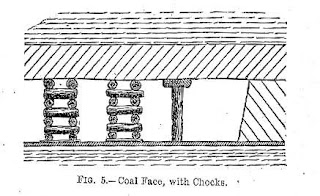Cratons/ Archean
cratons
A craton from Greek: κράτος kratos "strength") is an old and stable part of the continental lithosphere, where the lithosphere consists of the Earth's two topmost layers, the crust and the uppermost mantle. Having often survived cycles of merging and rifting of continents, cratons are generally found in the interiors of tectonic plates. They are characteristically composed of ancient crystalline basement rock, which may be covered by younger sedimentary rock. They have a thick crust and deep lithospheric roots that extend as much as several hundred kilometres into the Earth's mantle.
The term craton is used to distinguish the stable portion of the continental crust from regions that are more geologically active and unstable. Cratons can be described as shields, in which the basement rock crops out at the surface, and platforms, in which the basement is overlaid by sediments and sedimentary rock.
The word craton was first proposed by the Austrian geologist Leopold Kober in 1921 as Kratogen, referring to stable continental platforms, and orogen as a term for mountain or orogenic belts. Later Hans Stille shortened the former term to kraton from which craton derives.
Archean
The Archean Eon ( /ɑːrˈkiːən/, also spelled Archaean or Archæan) is one of the four geologic eons of Earth history, occurring 4,000 to 2,500 million years ago (4 to 2.5 billion years ago). During the Archean, the Earth's crust had cooled enough to allow the formation of continents and life started to form.
| Proterozoic Eon 2500–541 million years ago | |
-4500 —
–
-4000 —
–
-3500 —
–
-3000 —
–
-2500 —
–
-2000 —
–
-1500 —
–
-1000 —
–
-500 —
–
0 —
|









Comments
Post a Comment